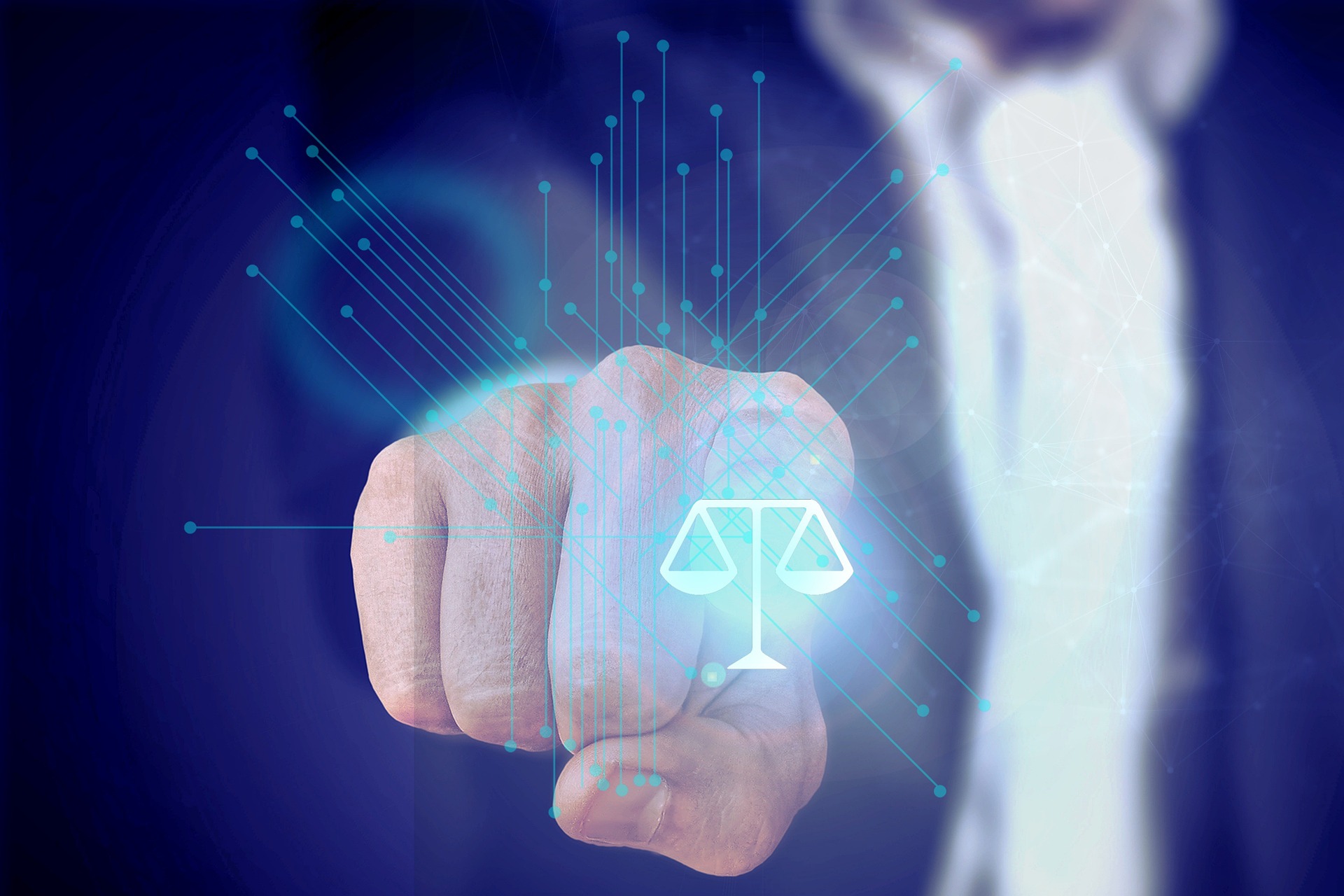Scrutinizing the Mechanisms of Executive Orders: Their Influence and Consequences
The first paragraph: Executive orders, a form of presidential directive, have been a key tool in the arsenal of U.S. presidents since the country’s founding. But what are they exactly, and how do they shape national policy? This article delves into the intricacies of executive orders, tracing their historical evolution, current applications, and the social implications they bring.

An Overview of Executive Orders
The U.S. Constitution doesn’t explicitly mention executive orders. However, Article Two grants the president “executive power.” This provision has been interpreted to authorize unilateral presidential actions, known as executive orders. Presidents have used this tool to manage operations within the federal government and to influence national policy.
The Historical Context of Executive Orders
The first executive order was issued by President George Washington in 1789, directing heads of departments to submit reports on matters within their purview. Over time, the use of executive orders evolved and expanded. For example, President Abraham Lincoln’s Emancipation Proclamation, which declared enslaved people in Confederate-held territory free, was issued as an executive order.
A Closer Look at Recent Developments
In recent years, executive orders have become increasingly controversial. Critics argue that they bypass the legislative process, undermining the checks and balances system. Supporters, however, believe that they are a necessary tool for presidents to enact policy, especially in times of congressional gridlock.
The Social Implications of Executive Orders
Executive orders can have far-reaching social implications. For instance, President Truman’s executive order integrating the armed forces had a significant impact on civil rights. More recently, executive orders concerning immigration policy have affected millions of families. Despite their potential for broad impact, executive orders can be overturned by subsequent presidents or struck down by federal courts, adding a layer of uncertainty to their long-term effects.
The Legal Landscape Surrounding Executive Orders
The Supreme Court has ruled on the legality of executive orders on several occasions. In Youngstown Sheet & Tube Co. v. Sawyer (1952), it held that President Truman’s executive order directing the seizure of steel mills during the Korean War was unconstitutional. However, in Trump v. Hawaii (2018), the Court upheld President Trump’s executive order restricting travel from certain countries. These rulings underscore the ongoing legal debates surrounding executive orders.
In conclusion, executive orders are a significant yet contentious part of U.S. governance. Their historical evolution, current use, and potential social impact underscore their importance in the national policy landscape. As a tool that allows presidents to wield considerable power, understanding executive orders is crucial for informed citizenship.




